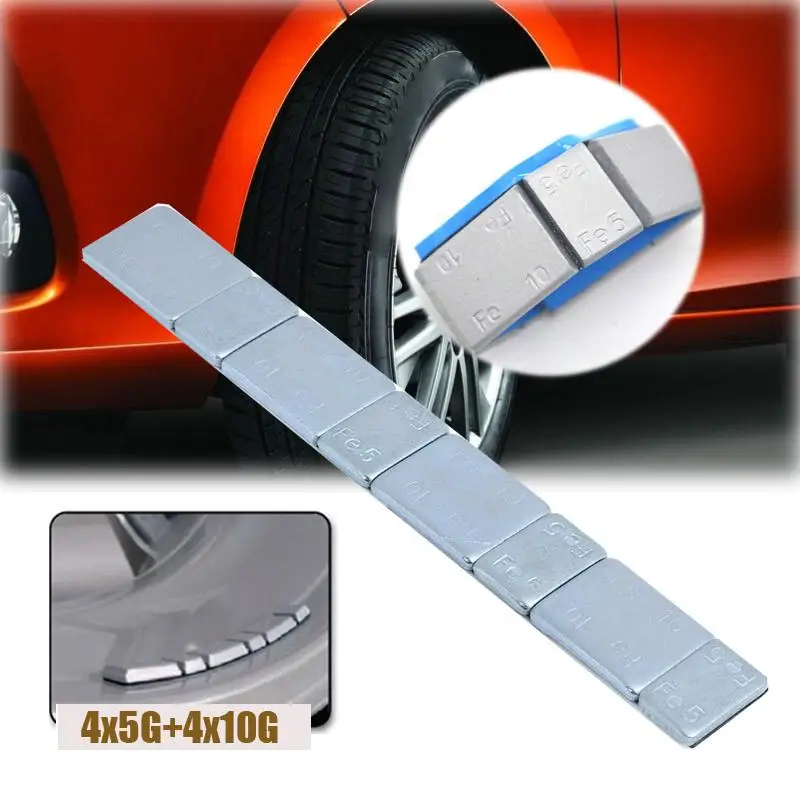October 01, 2020 12:00 AM
When adjusting the balance of a customer’s tires, wheel weights are used to correct any imbalances. The right wheel weight placed in the right spot helps ensure proper tire performance.
It’s all about physics.
By applying the weights to the wheel in a specific, precise location, that additional counterbalance weight causes the wheel’s mass to be distributed more evenly around the axis of rotation.
This ensures the wheel will rotate without vibration. Weight placement location and amount of counterbalance required is made easy with modern wheel-balancing equipment.
Two main types of wheel weights are used: clip-on wheel weights; and adhesive wheel weights. The “right” wheel weight depends on both technician preference and wheel application.
Both clip-on and adhesive wheel weights are available in a variety of different materials. Most common are coated steel (to avoid rust), lead, zinc and even types of plastic.
By nature, technicians often prefer more malleable materials for clip-on weights so they’re easier to install faster with less force. The variety of clip-on designs allow the technician to match them to the profile of the rim flange.
For adhesive weights, the material doesn’t matter as much as the quality of the adhesive tape that secures it to the rim.
Prices often vary based on materials used. Local and state environmental ordinances also may impact the choice of wheel weights used, particularly where lead is concerned.
Clip-on wheel weights, an industry standard, are fastest to use in the balancing process. The design concept hasn’t changed much since the 1930s when they first became popular. Knocking them into the right place on the wheel’s rim flange is a fast process compared with steps necessary to apply adhesive weights.
It’s important the profile of the clip-on weight used matches the profile of the rim flange. Failure to match the weight design to the rim properly can result in weights moving on the rim, coming off the wheel or scratching up the rim.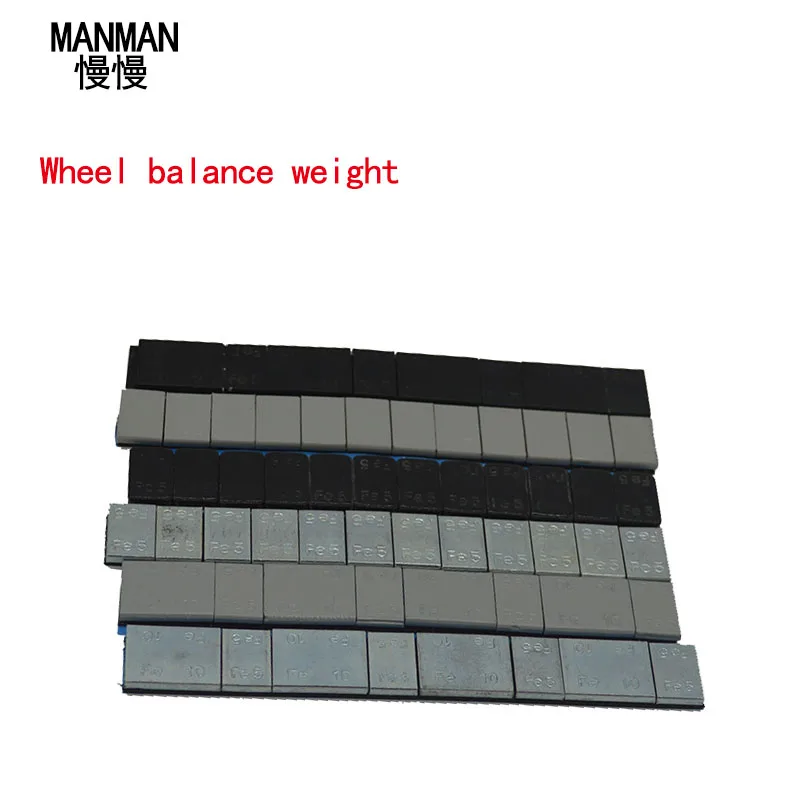
If the wheel does not have a flange, adhesive wheels weights -- also referred to as “stick-on” or “tape-on” weights –- are the best option. Adhesive wheel weights are a good choice for customers who want their wheels to have a certain aesthetics, as weights can be placed behind spokes or integrated into elements of the wheel design.
For adhesive weights, proper surface preparation takes more time, but helps to ensure quality balancing. Be sure the surface of the inside of the rim is clean. That includes properly removing any existing weights and remaining adhesive residue.
It’s also important to clean the wheel before applying new wheel weights. Once the wheel surface is clean and the proper amount of weight is determined, remove the backing of the wheel-weight strip and place the weight in the center of the imbalance point. Apply pressure to make sure contact with the rim is secure.
Finally, re-spin the assembly to ensure proper balance has been achieved.
Balance is the key to everything.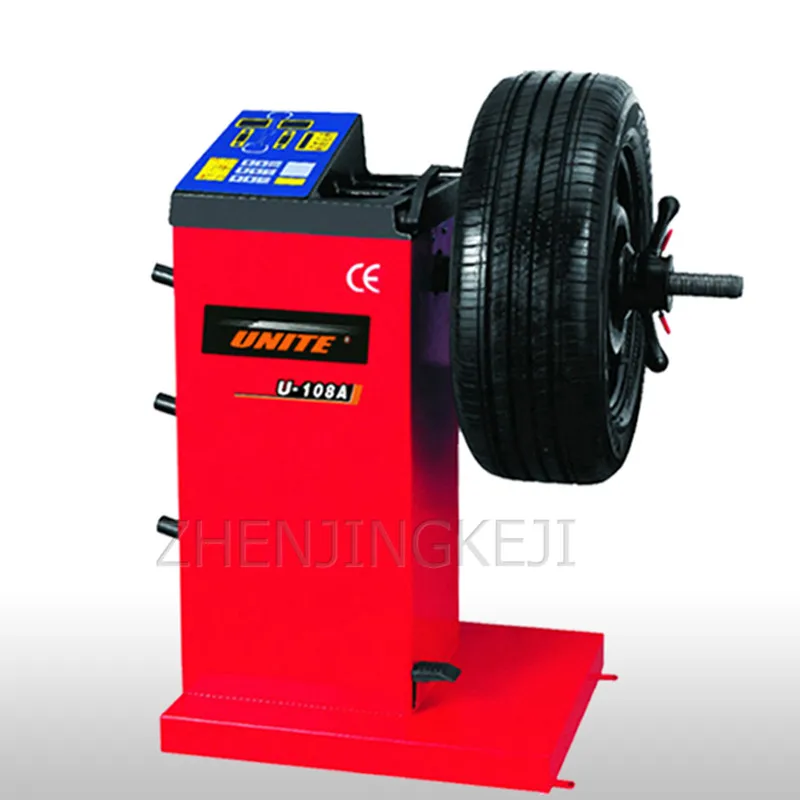 And this holds even for your beloved vehicle. After all, who wants an unbalanced car going haywire on the roads? Since the body of your car never touches the ground.
And this holds even for your beloved vehicle. After all, who wants an unbalanced car going haywire on the roads? Since the body of your car never touches the ground.
The major task of balancing your vehicle while on the road is on the wheels. Since an unbalanced wheel can lead to disorientation, shaking, and a reduction in mileage, correct wheel pressure and balancing are highly important.
But due to uneven and continuous, your tires will likely continue to go out of the ball will months. In such a situation it is crucial to balance the em out. And the best way to do that is by using Tyre weights. But before you get them fixed, read on to know why they are so important.
Why do you need wheel balancing in the first place? They are in a constant connection with constantly connected with the roads and undertakes. Therefore, wheels play an integral role in the overall dynamics of the car.
They are in a constant connection with constantly connected with the roads and undertakes. Therefore, wheels play an integral role in the overall dynamics of the car.A, s the name suggests, “wheel weight” is a component used to balance a wheel that balances made from malleable metals such as polymer-coated zinc and steel. Wheel weights are attached to your tyre to counteract their combined imbalance.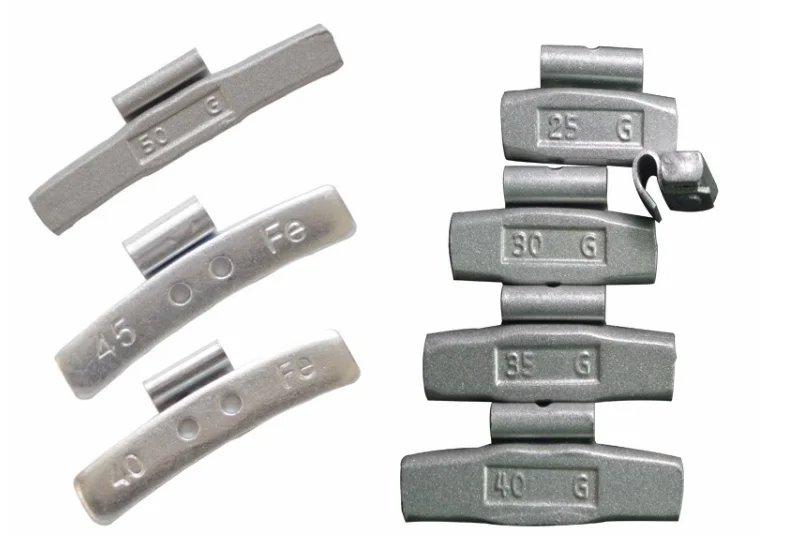 Using wheel weights, Using wheel weights, your wheels’ overall weight distribution, any imbalance. Since balanced tires help save fuel, preserve tire life, and improve overall safety and comfort.
Using wheel weights, Using wheel weights, your wheels’ overall weight distribution, any imbalance. Since balanced tires help save fuel, preserve tire life, and improve overall safety and comfort.
The primary objective of wheel weights is to provide balance. But doing so can be achieved by two major methods. The first is by using clip-on weights. And the other is by using an adhesive weight.
As evident from the name, clip-on wheel weights are used by clipping them on to any part of your rim. Clip-On Wheel Weights can be placed on the inside and the side of your rim. Aced in a precise location, a Clip-On wheel weight adds to the overall weight of your tyre.
The major advantages of using Clip-On weights are:
The major disadvantages of using Clip-On weights are:
Unlike Clip-On wheel weights, adhesive wheel weights are sticker like wheel weights sticker-liked on the inside of a rim. Adhesive weights can be firmly applied both on the inside and outside of your rim without leaving any scratches/stains. Once attached to a particular location, adhesive wheel weights largely contribute to balancing out your tyre.
Adhesive weights can be firmly applied both on the inside and outside of your rim without leaving any scratches/stains. Once attached to a particular location, adhesive wheel weights largely contribute to balancing out your tyre.
The major advantages of using an Adhesive weight are:
The major disadvantages of Adhesive weights are:
Wheel balancing is among the top three services provided by tyre dealers. Most tyre technicians know the importance of balancing and can provide a professional service to do so. However, balancing requires knowledge and experience to fit precisely in tyre weights. A balanced whegood resolves decreased mileage, wobbling and steering vibrations in proper hands.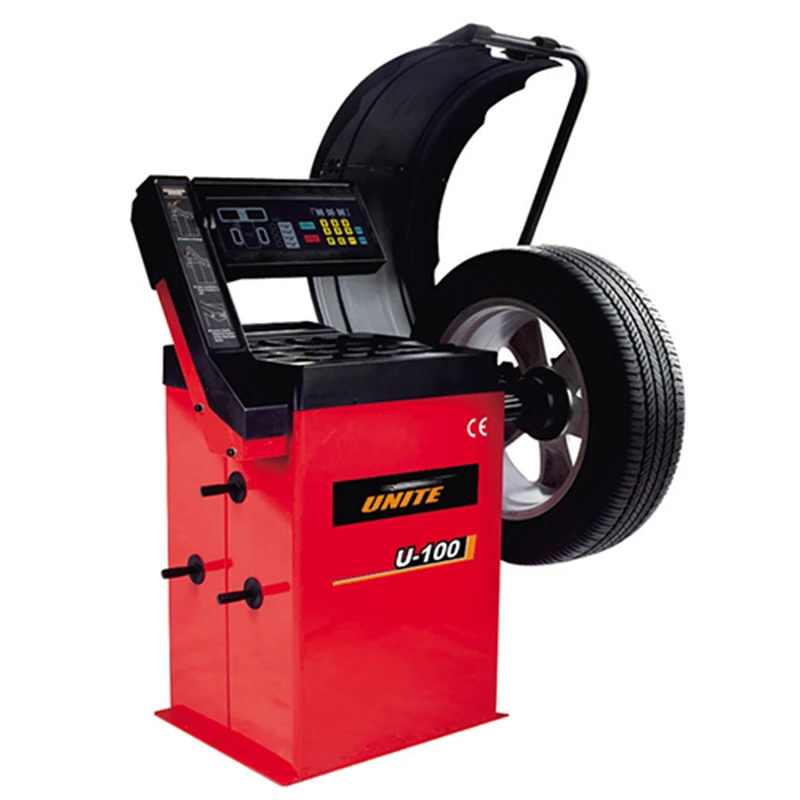 Thus, by choosing professional tyre services from Go Mechanic, you can indulge professional, l and seamless experience.
Thus, by choosing professional tyre services from Go Mechanic, you can indulge professional, l and seamless experience.
Also Read: How To Choose The Right Tyre For Your Vehicle?
Also Read: 7 Reasons Why Driving With Worn-Out Tyres Is A Bad Idea
Adhesive, they are also self-adhesive weights - these are weights that are installed on the wheel using adhesive tape applied directly to them. Such balancing weights are mainly used for light alloy wheels, since during installation they do not spoil the coating of the disk and its appearance.
The first point that they pay attention to when buying is scotch tape. The quality of the tape determines how strong the bond between the metal and the adhesive base will be. To tear off a high-quality adhesive tape, it is necessary to apply a minimum force of 150 kPa, and to move it - no less than 3. 0 kgf / cm2.
0 kgf / cm2.
Indirectly, the quality of adhesive tape can be judged by the color of the protective film. Italian and other European manufacturers use a blue protective film. Many buyers opt for more expensive balancing weights with adhesive tape, such as Norton or St. Global.
But Chinese manufacturers who have learned how to make replicas for anything and everything can easily make a protective film in any color. So you should take a closer look at the manufacturer of adhesive tape for balancing weights. Every brand that cares about its reputation will not use cheap tape, so as not to lose reputation and customers.
But representatives of handicraft production will not spend money on expensive consumables and will use tape of uncertain quality.
When comparing balance weights, it can be seen that the peel and shear forces of factory adhesive weights are 2.5 times greater than similar homemade weights. When balancing in the cold season, the use of cheap Chinese tape on weights will be a real headache for the masters who directly carry out the balancing.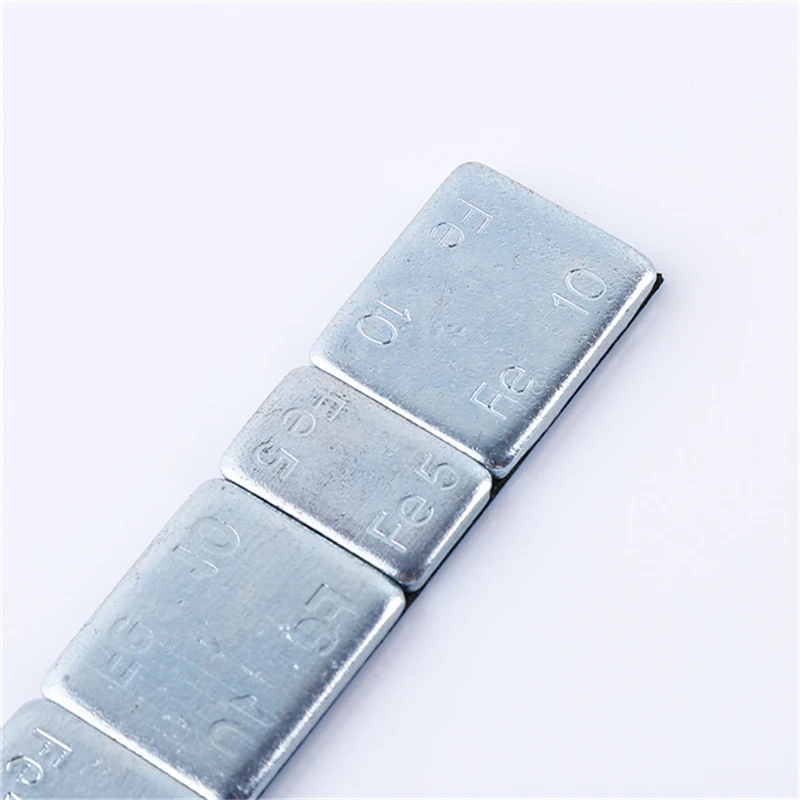
For drivers, this threatens with frequent visits to the service station, especially after washing or driving at high speed for a long time, when the weights are knocked down by water pressure or come off by centrifugal force.
The second consideration when choosing self-adhesive balancing weights is their direct weight. By weighing the original copies of eminent manufacturers, you can see that the error in their weight is 1%, which is the norm. According to GOST, a deviation in the weight of the cargo within 5% is allowed.
Cheap tape coupled with underweight in the manufacture of a balancing weight made from expensive lead allows handicraft shops to profit, but in the end it hits the pocket of the driver who receives a low-quality wheel balancing service.
To install the adhesive weight on the disc, it is necessary to clean and degrease the place of its placement. In the cold season, weights must be stored in a certain temperature regime, not lower than +15 degrees Celsius.
When balancing using self-adhesive consumables in winter, be sure to let the rim warm up to room temperature. Otherwise, the disk will be covered with condensate, as a result of which the weight will stick poorly. If there is no time for a gradual heating of the disk, the weight installation site should be heated locally.
Following these simple rules will allow the driver to avoid problems with self-adhesive weights and reduce the number of unscheduled visits to the tire service.
Georgia for wheel balancing, self -adhesive 100pcs
Delivery in Ukraine
750 UAH/packaging
Buy
Catcher for Balancing Govers 50m, 19MM, 19MM, 19MM
Delivery across Ukraine
300 UAH
Buy
Balancing weight self-adhesive galvanized steel 5gx12 (50 pcs.) for aluminum wheels 9Ol000 UAH
Buy
Balancing weight self-adhesive galvanized steel 5gx12 (100 pcs.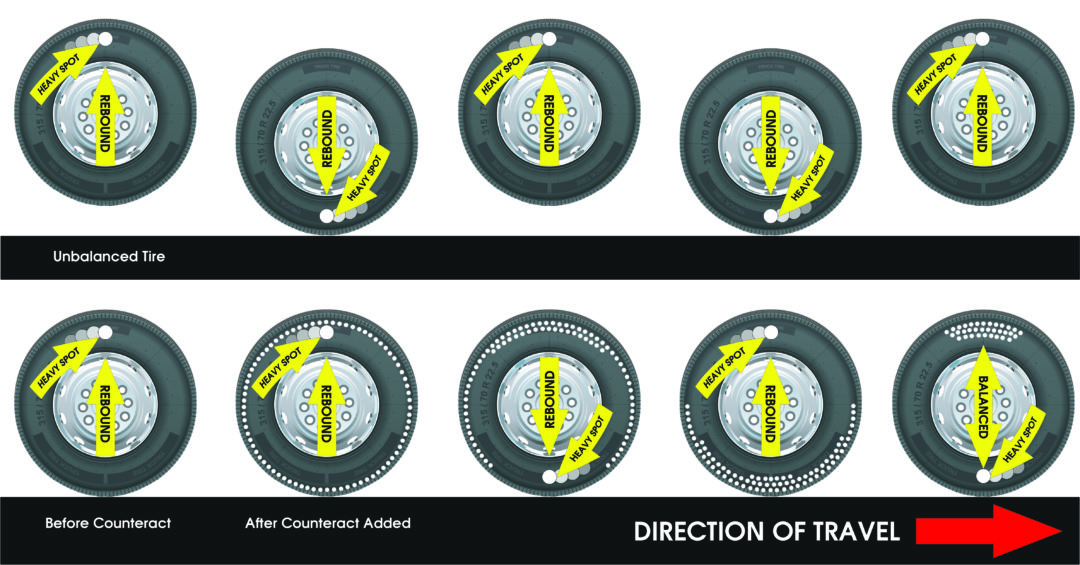 ) for aluminum wheels
) for aluminum wheels
Delivery from Bila Tserkva
1 260 UAH
Buy
Bila Tserkva
Balancing weight self-adhesive galvanized steel 5grx12. (100 pcs.) For aluminum discs
Delivery in Ukraine
1 554 UAH
Buy
Balancing self -adhesive galvanized galvanized 5g.x12 (50 pcs) for aluminum discs
Delivery
924 GRN
222 Buy
Stuffed weight for standard (steel) rims, 5 g (Ukraine)
In stock
Delivery across Ukraine
2.49 UAH
Buy
Pin -polling weight for standard (steel) discs, 15 g (Ukraine)
in warehouse
Delivery in Ukraine
4.15 UAH
Buy
Podel (steel) discs, 20 g (Ukraine)
In stock
Delivery across Ukraine
4.98 UAH
Buy
Stuffed weight for standard (steel) wheels, 25 g (Ukraine)
In stock
Delivery in Ukraine
6. 22 UAH
22 UAH
Buy
Pin -loading weight for standard (steel) discs, 30 g (Ukraine)
In warehouse
Delivery in Ukraine
6.64 UAH
Buy Self -articulated, Steel depicted. Berner, Germany 12x5 g
Delivery from Zhytomyr
2 340 UAH
Buy
Zhytomyr
Tire inflation hose L=12m 5320-3929010
Delivery from Kiev
0003
729 UAH
810 UAH
Buy
Bitter tire tire hose l = 12m
Delivery from Kiev
54 UAH
60 UAH
Buy
Balance Balancing Putiles, low -grade. 4 mm 60 grams 17x19mm l=360-510 mm
Delivery across Ukraine
500 hryvnia
Buy
YATO wrapping torque multiplier per sq. 3/4-1 "
Delivery in Ukraine
9 332.40 UAH
110 UAH
Buy
Kind-Land Vorel Ballonnias, 17x19x22x1/2" [20]
Delivery
420 GRN.
Buy
Front wheel inflation hose GAZ 66.